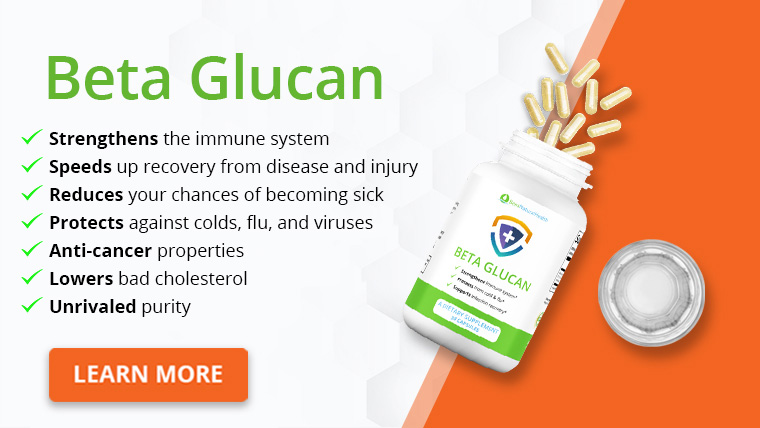Colorectal cancer is not the most common cancerous disease, but it affects a large portion of cancer patients.
The American Cancer Society estimates that in 2022, there will be more than 150,000 new reports of rectal and colon cancer cases in the United States.
The WCRF International also explains that more than 1.9 million people currently live with colon cancer.
An important part of studying colon cancer is understanding the treatments and having a thorough view of the risk factors that play a role. This is where recent studies by French Authorities come into the picture.
In these studies, researchers confirmed a link between colon cancer and the classic Charcuterie boards that people enjoy.
The link between charcuterie boards and colon cancer
The research findings were published by the French Agency for Food, Environmental, and Occupational Health and Safety, also known as the ANSES. The agency considered the findings of several previous studies that have been conducted in the past.
The main focus was to determine how strong the link between the processed meats served on charcuterie boards was to the development of colon cancer.
One of the key focus points of the agency was to determine how the nitrates and nitrites found in these processed meats affect colon health.
According to these findings, the consistent and high level of exposure that the average person experiences with the consumption of meats on a charcuterie board may increase the individual’s risk of colon cancer.
According to the French report, there are several sources of exposure that need to be considered now. It is possible for nitrates and nitrites to accumulate within plants over time, which is already a source of exposure. This is often due to the natural nitrogen cycle, but certain agriculture techniques may cause a further increase in the presence of these chemicals in soil.
Companies also use several types of food additives when they process meat products. The primary reason behind these additives is to serve as a preservative for the food, which helps to ensure the meat lasts longer, particularly due to its antimicrobial properties.
here is evidence suggesting that prolonged exposure to nitrites and nitrates may pose a potential risk to colon health.

Recommended actions against nitrate and nitrite exposure
Now that the increased risk of colon cancer has been linked to the high consumption of foods containing nitrites and nitrates, appropriate actions must be taken. The primary goal here is to reduce the general population’s consumption of these additives that are often used in processed meat products.
The current recommendation is to implement regulations that require manufacturers to reduce the use of these nitrates and nitrites in the production of processed foods. This, however, also comes with certain adverse effects.
Due to the antimicrobial properties of these additives, it means the risk of dealing with issues like salmonella, listeria, and botulism would increase. These are also serious illnesses, but the French agency believes that there are workarounds to these issues.
This may include shortening the “use by” date on the packaging of the processed meat products. There are adjustment options to the manufacturing processes that can further help to reduce the risk of these illnesses.
Are charcuterie boards healthy?
Charcuterie is a term that refers to different types of cured meats. Some examples include salami and bacon. Charcuterie boards refer to the setup of a “platter” like serving tray that consists of different cured meats.
These meats are processed and contain a series of additives, including nitrates and nitrites. In the modern day, however, many charcuterie boards contain more than just cured meats – such as cheeses, nuts, a few different fruits, some sauces, and more.
Whether charcuterie boards are healthy entirely depends on what they contain. However, the classic charcuterie board that is filled with cured meats may not be a healthy choice.
The World Health Organization also reported issues with the high consumption rate of processed meats in 2015. Recently, French authorities have investigated these findings further and concluded that the nitrates and nitrites in these meats hold significant risks for the individual who consumes the foods.
In cases where cured meats form the main part of charcuterie boards, then it would not be a healthy choice due to the carcinogenic properties of the additives in these food products.

How to build a healthy charcuterie board
Now that French authorities and several other associations have determined the potential adverse effects of regular consumption of cured meats, people need to look at alternative ways to fill up their charcuterie boards.
The good news is that several strategies can produce healthy charcuterie boards without these nitrates and nitrites. A good alternative is to turn to plant-based ingredients on the board.
Sure, you could still add some cheeses to spice things up, but there are several plant-based alternatives to those cured meats that do not contain the additives that have links to colon cancer and other complications.
Plant-based protein
There are several plant-based proteins that are used to create alternatives to processed meat products. Some include:
- Pea protein
- Tofu
- Mushrooms
- Tempeh
- Jackfruit
It is possible to get a range of different products that resemble the appearance and flavor of these cured meats, but they do not contain nitrates, nitrites, and other additives that are linked to side effects. These ingredients can also help one plan a high-protein charcuterie board.
Meat alternatives are not the only thing that a person should consider adding to a healthy charcuterie board, however.
Try to add some interesting twists with the following additions for healthy charcuterie board ideas:
- Different kinds of nuts spread out between other foods
- Crackers that are low in sodium
- A high-quality plant-based or nut butter
Vegetarian dips
A few vegetarian dips can also add a nice touch and spice up the different flavors on the charcuterie board. Try to combine some spinach, garlic, and onions with a combination of plant-based mayonnaise and creamy vegan cheese.
Avocado also makes for a great dip on these boards. Simply combine the avocado with creamy plant-based cream cheese, then add some salt and pepper to taste.
A low-calorie charcuterie board also helps one control how many calories they consume. The lower charcuterie calorie count on the board is great for weight control.
Those with blood pressure problems should also consider a low sodium charcuterie board. This would make for a heart-healthy charcuterie board.
Individuals with diabetes looking for healthy charcuterie ideas should also consider options like a diabetic charcuterie board. These healthy charcuterie board recipes will usually contain low GI ingredients.
How to reduce your risk of colon cancer
Certain strategies can help with reducing the risk of colon cancer. A thorough understanding of these strategies can help to provide an effective reduction for the average individual.
Regular screenings are one of the most important strategies, as this allows for the early detection of any signs that signal colon or another cancerous disease.
Reducing red meat consumption may also potentially add to the reduction in colon cancer risk.
Studies also suggest that people should include more whole greats, fruits, and vegetables in their diet. This means a plant-first diet is a great choice for people who want to reduce their risk of this particular cancerous disease. It is also important to consider risk factors like weight and physical activity, as they also play a role.
Conclusion
French authorities have confirmed a link between a higher risk of colon cancer and regular consumption of processed meats. These meats are often added to classic charcuterie boards.
Recent studies highlight the primary concern of elevated nitrite and nitrate levels in processed meats.
Following these discoveries, it is now suggested that manufacturers of these processed meat products start to take action to reduce the exposure to additives in their products. Other countries are also looking at methods that can further reduce exposure to nitrates and nitrites in processed meat products.






